Ecommerce trends are constantly changing — did you know Google is making it possible for ANY store to have one-click checkout.
(like Amazon).
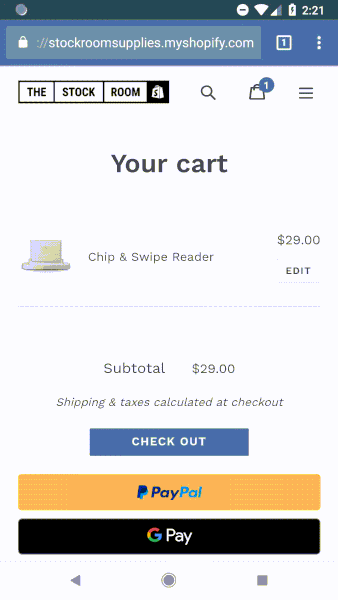
That’s not all:
-
There are now ecommerce-specific chatbots.
-
Shopify released an augmented reality tool that actually works.
-
New SEO tools make it easier for nontechnical marketers to rank on Google.
And that’s just the tip of the iceberg!
In today’s article, I share the most prevalent ecommerce trends this year — including marketing trends, website trends, conversion optimization trends, and more. Let’s dive in!
%(tableofcontents)
1. Content Plus Commerce Will Help Your Brand Stand Out
Content marketing has been around a LONG time. But it’s almost always been viewed as secondary to your products.
This year, ecommerce brands are changing that view.
Rather than using content marketing as a “marketing strategy,” it’s becoming the main thing. Content first, products second. People first, selling second.
According to Aaron Orendorff, Editor-in-Chief of Shopify Plus:
“Given the crushing weight of customer acquisition costs — i.e., “rented” land — most brands turn to content in an attempt to free themselves from paid platforms like Facebook, Google, and Amazon. Sadly, few unlock its power.
Content is the backbone of all paid advertising, but that’s not where it comes alive. Instead of heavy-handed pitches, the secret of content plus commerce — and the reason it’s already the holy grail of growth — is rooting it in genuine storytelling about people, not products.[*]
Some of the leading examples of this (brands creating thriving audiences through content) include THINX’s Periodical blog, Glossier’s Into the Gloss, Purple’s mix of science and humor in video content, and my personal favorite: streetwear brand The Hundreds. Owner and co-founder Bobby Hundred’s has famously said, ‘Streetwear without culture is just fashion.’ That ethos permeates the company’s commitment to content across its online properties but shines brightest on its blog.
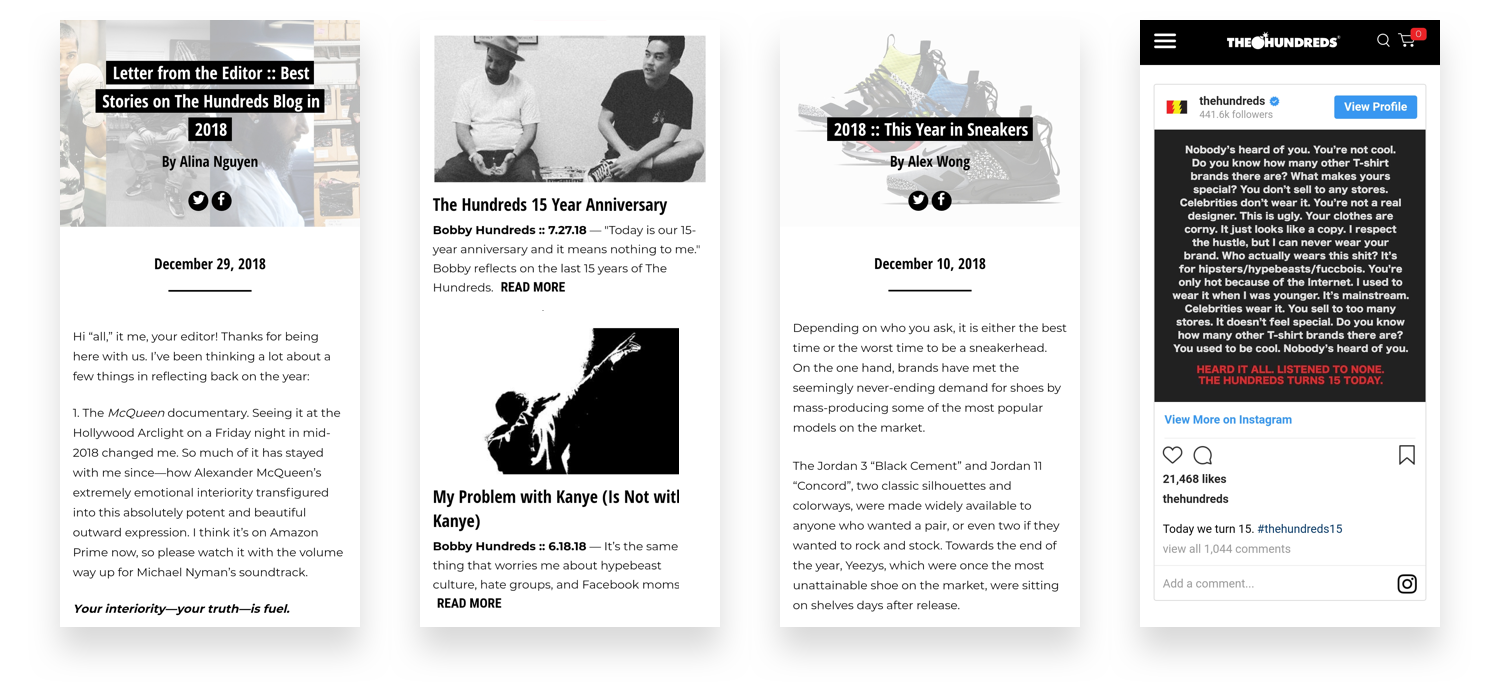
The future belongs to brands who can build direct-to-consumer (DTC) relationships beyond mere merchandise. And the heart of that is creating content that’s about your audience, for your audience, and even by your audience.”
So how can you use this knowledge to increase your sales?
Get serious about your content strategy — start by brainstorming topic ideas.
-
Grab a trial account on Ahrefs, put a competitor’s site in their Site Explorer tool, and browse their organic keywords.[*]
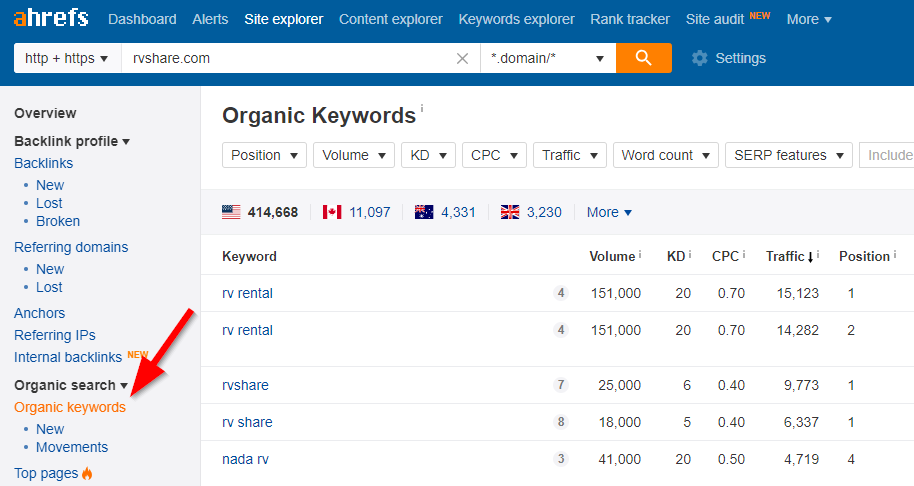
Pro Tip: Sort your competitors' keywords by looking for keyword difficulty (KD) of <20 for newer sites, as well as >100 searches per month. Prioritize keywords related to your products.
Say I sell camping gear and I see the keyword “camping checklist.” I can create an ultimate camping checklist, then include links to my products from that article. It’s helpful, informative, and still relevant to the sales cycle.
-
Find additional topic ideas by browsing the most-shared content in your industry using Buzzsumo. Copy the URLs of your competitors that blog often, plug them into Buzzsumo, and get content ideas based on share count.[*]

-
Create a content calendar (use a spreadsheet or a tool like CoSchedule) based on the topic and keyword ideas you’ve collected. Depending on your bandwidth and team size, aim for at least one article per month (more if possible). Remember: quality is more important than quantity!
For more help implementing a content plus commerce strategy, read our full guide.
2. Chatbots’ AI Integration Is Getting Smarter
Chatbots' popularity has grown over the last few years. In fact, Gartner predicts “By 2020, the average person will have more conversations with bots than with their spouse.” Yikes![*]
But did you know there are now chatbots specific to ecommerce?
For example, you can now integrate Facebook Messenger with your Shopify store to create chat buttons right on your product pages.[*]

Between this new feature and your sitewide messenger button, you can now send anyone who uses your store’s chatbot things like:
-
Quizzes
-
Coupons
-
Product suggestions
-
Cart abandonment recovery messages
-
Loyalty Program applications
-
Content from your blog
Setting up Facebook Messenger bots is simple. Just use Chatfuel to set up your bot without any programming (it has a free trial and is super easy to set up).
Once you choose a Facebook page to connect it to, set up your welcome message. This is the message they’ll get when they message you with pre-defined words you set (like “hello” or “hey”) or when they click buttons on your site linked with this welcome message.
In my welcome message, I like to let them know it’s a robot, but add some humor, like this:
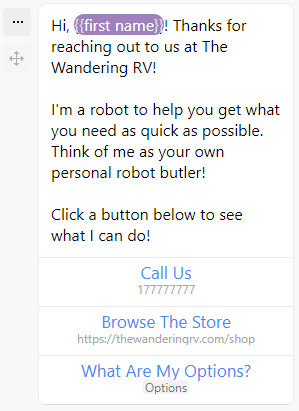
Find a way to fit the message within your branding. Don’t forget you can add buttons for them to click, such as calling a phone number, browsing your products or a FAQ page, or getting additional messages from your bot (via “blocks”).
Next, set up your AI with phrases that create automated responses. You can start by sending the welcome message to anyone who says “hi,” “hello,” or “hey.” But you can also get more advanced.
Chatfuel recommends giving users multiple choice options rather than open-ended questions for the most effective and accurate responses, like this:
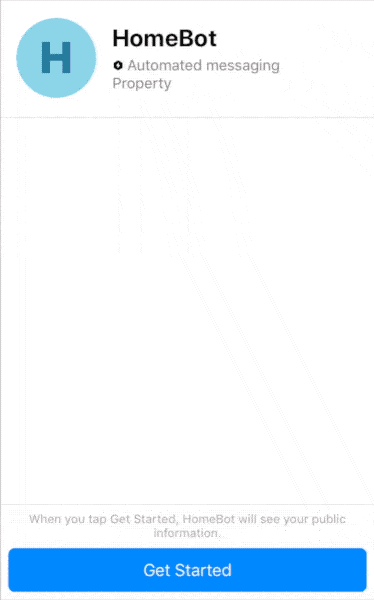
Once you’ve set up your bot, put the Facebook Messenger button on your product pages and the messenger widget sitewide (or at least on your store pages). As you accrue more people messaging you, you can use Chatfuel to send “broadcasts” to your messengers.
One way to use this is to send a coupon or flash sale to your messenger audience.

Check out our guide to setting up an ecommerce chatbot in 15 minutes for more tips and tricks to growing your store with AI.
3. Deep Personalization Of Online Products Improves Conversions
It’s no secret personalization increases sales. Just look at companies like Build-A-Bear Workshop or Zazzle. There’s something special about creating a product that’s uniquely yours.
Companies like Converse are using this trend to increase their conversions. They added a feature to their store called “Custom Converse,” where you get to design your shoes from scratch.[*]
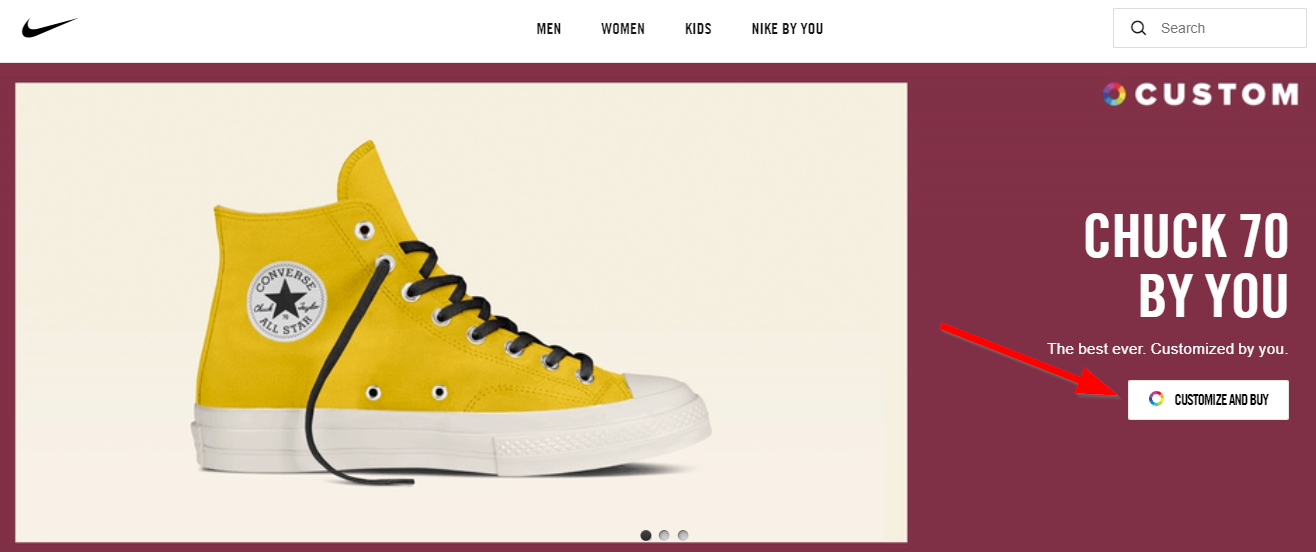
Even if you don’t have the resources Converse has, and you’re making $100k per year or less, you can still offer customization of your products.
Tim Kock wrote a Shopify case study where he shared how to make $1,000 starting a Shopify store from scratch, and he wanted to offer customizable backpacks. However, it was far too expensive — so he decided to offer custom rubber patches to put on the standard backpack he offered.
Think about how you can do the same. Can you offer custom stickers, shirts, patches, pins, etc. to complement your products? This can still increase conversions without the added cost of a fully custom product.
To offer it on your store, you can use an app like Product Options or Customily.
If you sell standing mixers, creating and selling custom mixers would be time-consuming and expensive. However, you can easily allow customers to create custom stickers to deck out their new mixer.

You can do this on Shopify quickly and affordably with a tool like Customily (see below).
4. Augmented Reality Will Allow Customers to “Test” Products
Augmented Reality has been a part of trends posts for years now, but it never seemed to go anywhere.
This year, that all changes.
Shopify partnered with 3D Warehouse to create AR features for ANY Shopify store in a few simple steps — and it works like a charm![*]
Check this out:
The implications for this are massive — for a one-time fee of $100-$200 and a few good pictures of your products, you can hire a Shopify expert to implement AR on your site.
If you watched the video, you saw how detailed the AR can be, too. You’re able to zoom in on certain parts of the products you’re considering buying, see how it would look in your home, and all but touch them. Shopify is pushing experiential commerce to a new level.
Here’s how to get started with this trend:
-
Take six high-quality photos of your product (one from each angle, including top and bottom). For large products like furniture, use a camera with a 50mm lens. For small to medium size products, use a 70mm or 100mm lens. Cell phone pictures probably won’t do it, since they’re low-quality. Also, take extra photos of any unique details (such as the gears of a bike).
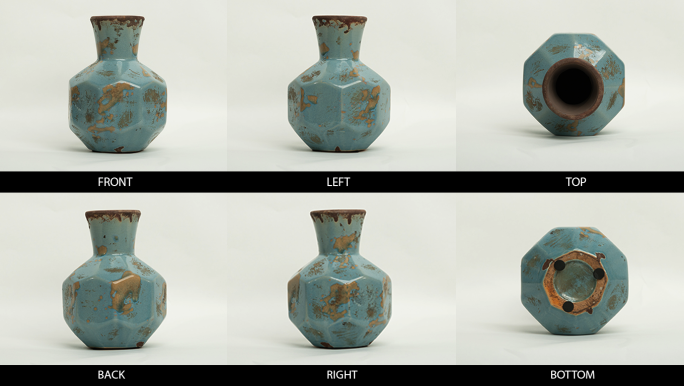
-
Get precise measurements of your product (in millimeters) and create a diagram to show the specific measurements. You can easily do this using Paint or Canva.

-
Hire a Shopify Expert to create the 3D model for you. Prices start at $100. They’ll send you back a .glb and a .usdz file to add to the 3D Warehouse app.
-
Go to the 3D Warehouse app. In the Title field, enter a title for the 3D model. In the Linked Product field, select the product and variant this 3D model is associated with, then click Select product. Click Upload File and select the .usdz file provided by the Shopify Expert.
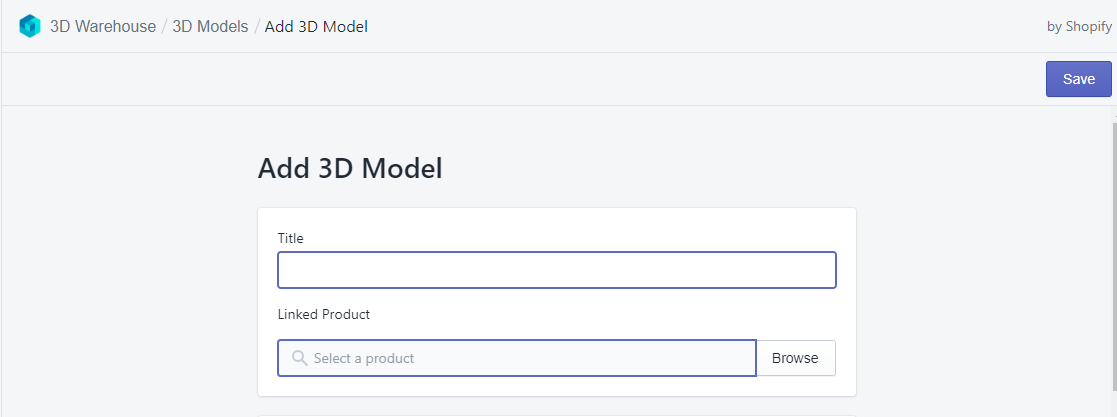
-
You’ll have to add some code to the <head> tags of your theme.liquid and product-template.liquid files. Hire a Shopify Expert if you’re not comfortable changing code on your site, or see Shopify’s guide for the exact code to do it yourself.[*]
-
Finally, add the AR badge to your product image so customers know they can click the image to use AR. Again, this involves code (available in Shopify's guide referenced in Step 5).
This will only work using the Safari browser on iOS devices right now. They’re working on Android capabilities, but don’t have a release date for it yet.
5. Advanced SEO Strategies Will Become More Prevalent
Next up, we’ve got my favorite topic: SEO.
Ecommerce SEO is nothing new. Companies have tried to crack Google’s algorithm since Google was a thing.
Part of SEO is LSI (Latent Semantic Indexing) optimization. This is essentially adding semantically related keywords to a page to improve your rankings.
For example, if you’re writing an article about cars and you mention keywords like “Lightning McQueen,” Google knows the page is talking about Cars the movie, not actual cars. This is also nothing new.
But now you can go even deeper.
Using tools like CognitiveSEO, you can figure out the exact keywords Google is looking for to rank a page.
Say you’re trying to rank a page for the keyword “standing mixer.” You can plug that keyword into CognitiveSEO’s keyword tool to see the keywords you should use more often, the keywords you should be using but aren’t, and if you’re keyword stuffing.

Now if we write in some keywords and fill out the text, the performance score (a score that basically shows how well you’re implementing LSI on your page) increases:
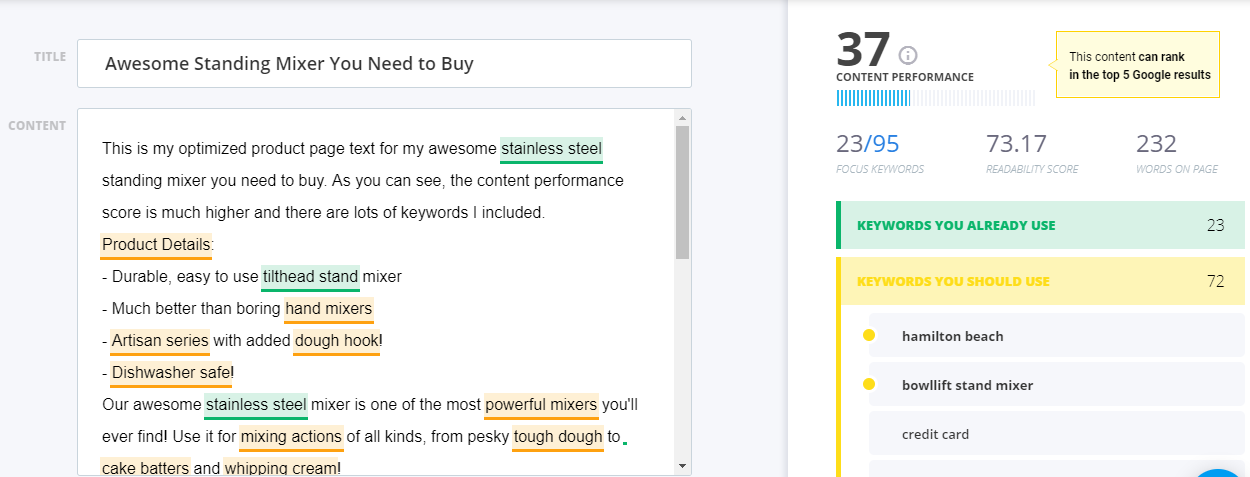
Of course, you need to make sure your description is true (if it’s not dishwasher safe, don’t say it is! But you can still include the keyword by saying “NOT dishwasher safe”, for example).
I recommend adding the text further down your page, similar to how Amazon does it. This also works great for blog posts.
To show you how powerful this is, I optimized my blog post on RV accessories by adding a section with extra content that also included some of the keywords.
This brought my content performance score up from 70 to 90, and that one change moved my page from position 11 to position 7, and now it ranks in position 2 (under the ads).[*]
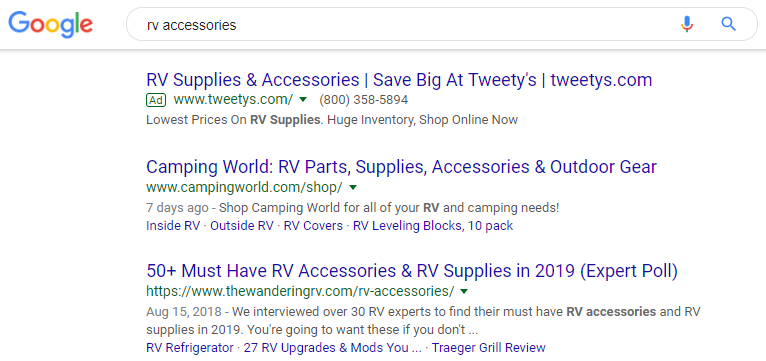
Here’s a video I made a while back on exactly how to use the tool:
6. Web Payments Will Allow One-Click Checkout On ANY Site
In the very beginning of this article, I mentioned Google is releasing a way for ANY store to enable one-click checkout like Amazon.
They’re doing this using a new API called Web Payments. Basically, Web Payments allows users to save their payment and address information. Any site that has the API (via an app, plugin, or custom code) will be able to give customers a one-click checkout experience.[*]
Here’s a one-minute overview of how it works:
Unfortunately, while the tech is out there, it’s still being tested, so you can’t use it just yet. Shopify’s last update about integrating it with their platform was in September last year, and didn’t announce an official release date for the app. We’ll update this when we have more information.[*]
Do you know when this might release? Drop a comment at the end of the article!
7. Product Showrooms Will Be More Common
Product showrooms are basically pop-up stores (temporary locations) at local malls and events. And they’re showing up as a massive ecommerce trend this year.
According to William Harris, Retail Strategist at Elumynt:[*]
"I might be jumping the gun a bit — it might not happen until 2020, but I believe we will see a lot more ecommerce brands finding a way to bring their products into physical locations. Good Housekeeping put on a fantastic pop-up store at the Mall of America which was more of a "product showroom."[*]
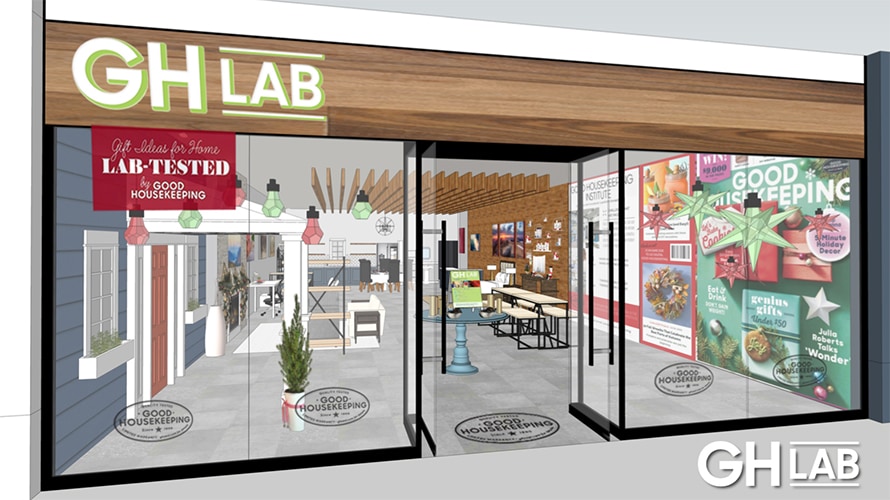
You found what you liked in person — you could touch it, test it, experience it — and when you were ready to purchase it, just scan it with your smartphone and add it to your Amazon cart. With Amazon Prime Now, it's not unrealistic to go to the showroom, pick out what you want, order it on your way out and have it waiting for you by the time you get home.
I think we will see more ecommerce brands attempting to do something like this — find a way to bring their online world into showrooms, where the focus isn't on isles and isles of "warehoused" items, but more of an experience, where offline retail will support online sales."
With the popularity of AR increasing, it only makes sense customers want more of an experience with their shopping. Product showrooms and pop-up stores bring another dimension (literally) to this idea.
But what if you don’t have the resources of Good Housekeeping? Can you still set up a pop-up shop and use this trend to grow your store?
Yes! Here’s how:
-
Find a local event going on in your town that’s related in some way to what you sell. A lot of cities have a version of “First Friday” on the first Friday of every month, with pop-up vendors like local crafters and artists, that you can sign up for. Look online and ask around to find the events.
-
Alternatively, you can use a site like This Open Space to find locations you can test out if you’re in the USA or Canada.[*]
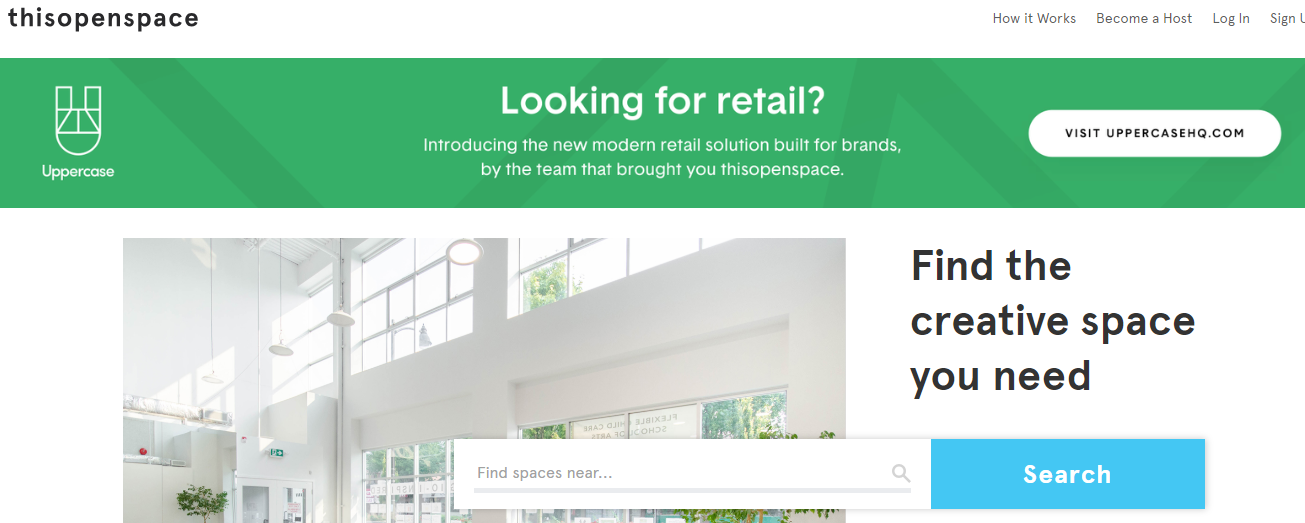
-
Book the event/location.
-
Grab some inventory and a folding table, make a sign, set up Shopify POS, and head over to the event!
Of course, there’s more that goes into it than that. For more real-life examples of how Amazon and other stores are jumping on this trend, check out tip #6 in our Amazon growth study.
Get Ahead With These Ecommerce Marketing Trends
Now that you know the seven big ecommerce trends to look out for this year (and how to implement them), why not learn the trends specific to marketing your store?
We’ve created a marketing trends implementation guide you can use to capitalize on the biggest marketing trends of the year.
Click the button below to get it and start growing your store today.
Get the Marketing Trends Implementation Guide
Stores come and go. Those that stay, keep up with the trends.










Add A Comment
VIEW THE COMMENTS